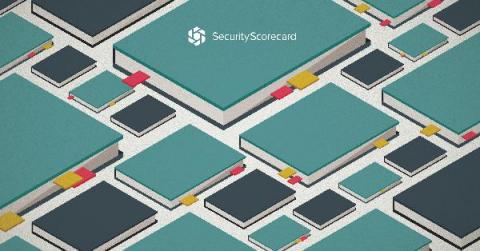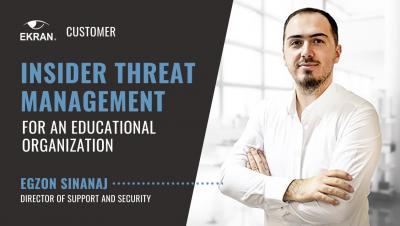As ransomware attacks rise, US government advice to protect K-12 schools is "vastly outdated"
A recently published report from the US Government Accountability Office (GAO) has warned that official security guidance from the Department of Education is out-of-date, and needs to be refreshed to address the increasing reports of ransomware and other cyber threats.









